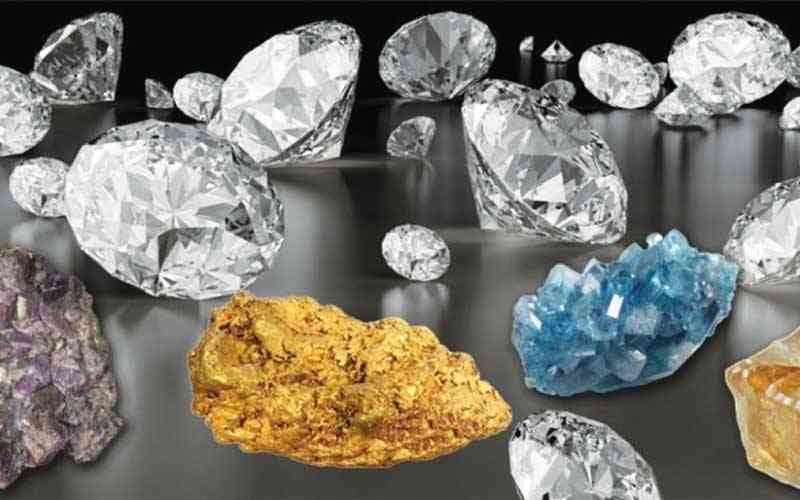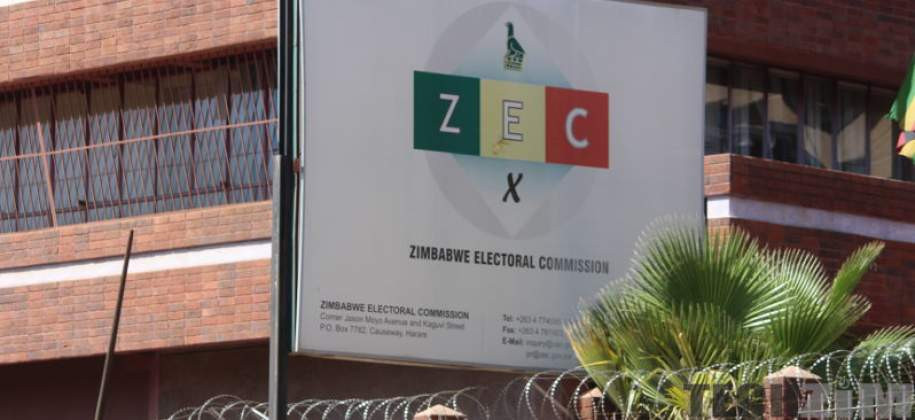
ZIMBABWE is facing a bleak economic outlook for 2024, with economists warning of reduced foreign exchange reserves, diminished government revenue and decreased economic activity due to depressed world metal prices.
The country missed its mineral revenue and volume projections in the first half of the year, according to the Minerals Marketing Corporation of Zimbabwe (MMCZ).
The organisation reported that the country sold 1,9 million metric tonnes (mt) of minerals (excluding gold and silver), valued at US$1,5 billion, falling short of its target of two million mt valued at US$2,03 billion.
This represents a 6% volume miss and a significant 26% revenue shortfall.
The decline in revenue and volumes is attributed to depressed world metal prices, according to the MMCZ.
“The missed revenue and volume projections for Zimbabwe’s mineral sales in the first half of 2024 would likely have a significant negative impact on the country’s economy,” economist Stevenson Dhlamini told NewsDay Business.
“It would result in reduced foreign exchange reserves, diminished government revenue, limited public expenditure, decreased economic activity and potential investment setbacks in the mining sector.
“The mineral sector plays a crucial role in supporting other industries through backward and forward linkages. A decline in mineral sales could have a ripple effect on related industries such as transportation, manufacturing, and construction, leading to reduced economic activity and job losses.”
- Diaspora remittances hit US$1,17b mark
- Feature: Ncube’s policy missteps costing the economy
- Gloom as Zim misses mineral revenue target
- Tap into Sadc opportunities, local firms urged
Keep Reading
Another economist Prosper Chitambara said the variance was significant and would have very far reaching implications on the economy, especially at a time when imports are expected to increase this year on account of a massive decline in agricultural production.
“So, it is going to mean that our trade and our current account positions are going to be under immense pressure. We are expecting a wider trade deficit this year,” he said.
“A healthy current account position is critical in terms of sustaining the local economy and the macro-economy. So, macroeconomic stability and sustainability is a function of the trade, the trade position, and also the current account position. This is going to put a lot of pressure.”
Experts said the country should move towards mineral beneficiation to minimise such risks.
“Our economy remains highly dependent on primary products both in agriculture and mining. This means we are vulnerable to exogenous price and demand movements. A reduction in mineral earnings starves the fiscus of taxes and also can lead to job losses in the sector,” said economist Vince Musewe.
“We must rapidly move toward beneficiation so that we retain value in the country and export finished products whose price we can set. This has been the call from some of us for many years. A deliberate and focused strategy to transform our mining sector remains an urgent and important matter.”
Due to depressed world metal prices, the mining royalties revenue head failed to meet its target by 41,23%, with a 2,93% contribution to revenue, which is almost the same as the 3% of 2022, according to the Zimbabwe Revenue Authority 2023 annual report.
MMCZ acting general manager Nomusa Moyo said the depressed mineral commodity prices for some of Zimbabwe’s top revenue contributors significantly impacted performance in the first half of 2024.
Lithium was down 72%, nickel (20%), coal (13%) and coke 39%, translating to significant price declines compared to budget forecasts.
However, year-over-year price increases were observed for platinum as it firmed 6%, rhodium (6%), copper (16%), fluorite (2%) and chrome concentrates (4%). These were not enough to offset the negative impact on overall revenue, Moyo said.
The top three contributors in terms of value in the period under review were platinum groups metals (PGMs) matte, PGMs concentrate and Zimbabwe’s primary lithium export, spodumene. PGMs matte accounted for 31,8% of the corporation’s mineral revenue, with 18 844mt of matte valued at US$479 million being sold.
A total of 85 407mt of concentrates valued at US$294 million were exported in the period under review.
Moyo reported a mixed performance for sales in the first half of the year compared to the same period last year.
“Overall, concentrated sales volume grew by 30%, while their value increased by 2%. However, matte sales experienced a 7% volume increase, but a 5% decrease in value,” she said, attributing the volume rise across both categories to stock carried over from the previous period.
Noting that ongoing weakness in PGM prices impacted overall sales value, Moyo expressed optimism over firming gold prices which have been offsetting depressed trends in the PGMs group.
Spodumene sales significantly outperformed expectations.
The corporation achieved a total value of US$233 017 from 331 826mt sold.
This surpassed the budgeted target of US$105 000 from 275 000mt, reflecting a substantial increase in both volume (21%) and value (122%).







